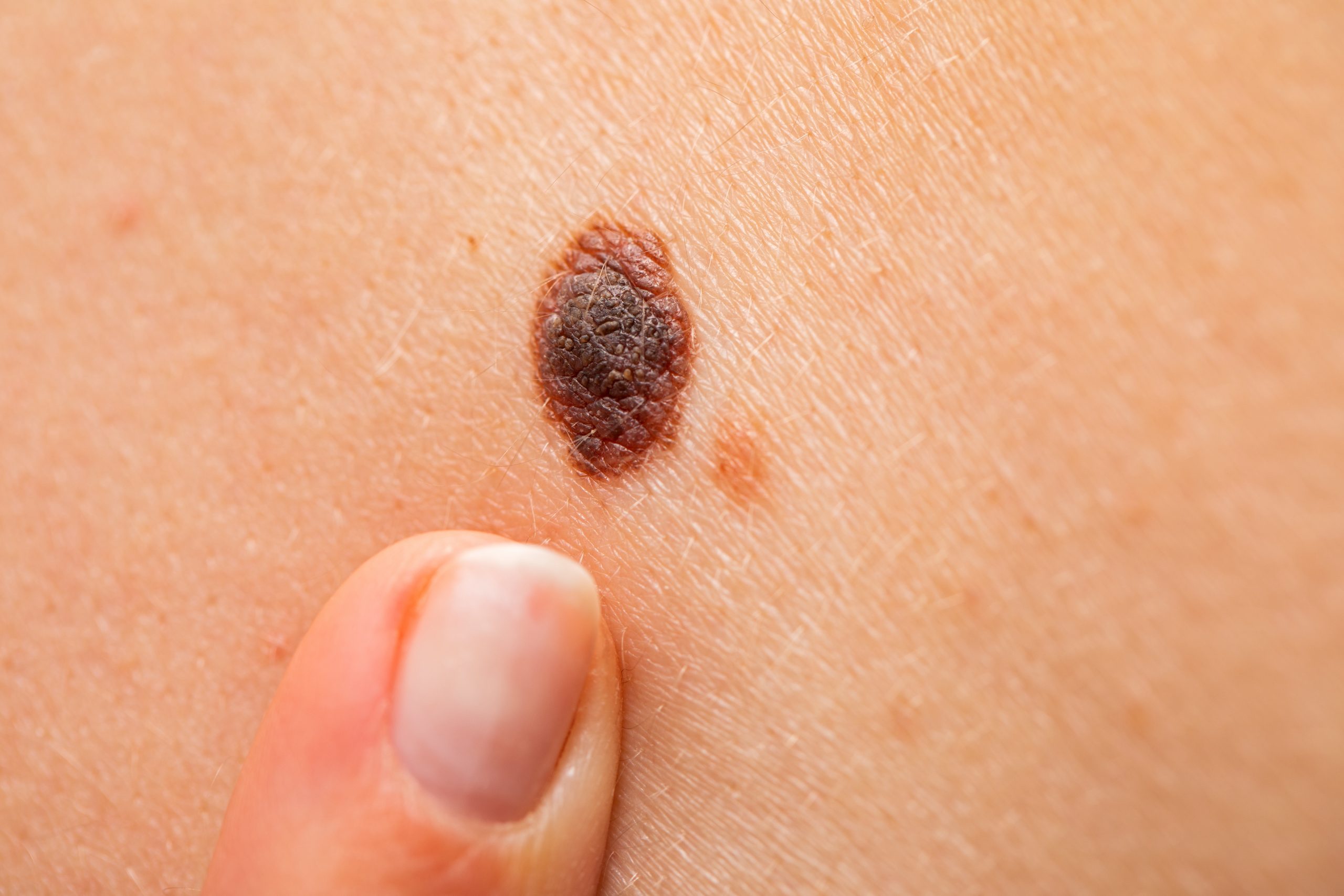McGill student helps create app to monitor skin to prevent spread of melanoma

Posted March 4, 2025 8:47 pm.
Although Montreal’s weather hasn’t seen much sun lately, spring and warm weather are slowly approaching and so is exposure to UV rays and sunburns. Sunburns can damage skin cells and potentially lead to melanoma – a malignant tumour associated with skin cancer if left untreated.
Fourth-year McGill medical student and Montrealer Roy Khalaf decided to create something to help people avoid the risk of melanoma.
What inspired Khalaf was meeting a patient, a father of three young children, whose metastatic melanoma spread to his brain and other areas of his body.
“He sort of talked to me about it and talked about how if it had been detected earlier, then it could have been avoided and he wouldn’t have to have this terminal diagnosis,” said Khalaf.

Khalaf partnered with app developers and Melanoma Canada to create an app for users to monitor the growth of moles and signs of potential melanoma.
“My purpose for this app is to educate others on what melanoma is and how dangerous it can be,” said Khalaf.
The user-friendly app lets the user create their own account, where they can add their skin type and click on areas of their body where a specific abnormal mole can be found. Users can then add a picture of the mole where they can then track the size, shape and colour over time and whether its evolution is too fast.
“You can put in reminders so every week, every two weeks or every month you take another picture of it to sort of track what it is, and [we] also put in an educational guide so you can sort of see what the ABCDEs of melanoma risk factors are,” explained Khalaf.
“The app helps you store these pictures and you can send them to your dermatologist or to your primary care physician to be able to track these changes and see what they can do about it,” he added.

According to expert and CEO of Melanoma Canada, Falyn Katz, more than 91,000 skin cancers are diagnosed in Canada each year – that’s more than prostate, lung and colon cancers combined.
Katz says that three to four Canadians die of melanoma each day. It’s for this reason that experts say early detection is key and why they are asking Canadians to be mindful of their skin and monitor moles closely. The survival rate for melanoma is high if detected early.
“If we detect melanoma skin cancers early here, then we can have them removed, maybe left with a little scar, or in some cases a nasty scar, but you know, a life can be saved,” said Katz.

According to the World Health Organization, sun exposure is attributed to 85 per cent of melanomas among men and women aged 30 and over.
“People still think a tan is sexy and not deadly,” said Katz.
“We need to teach the public to understand the importance of some safety in preventing skin cancer. We hope to teach kids at a young age to treat sunscreen the way they treat toothpaste, right? So, we brush our teeth every morning and every night to prevent cavities. If we put on our sunscreen every morning and reapplied regularly and made it out of habit, then we wouldn’t have sunburns and we would have fewer skin cancers,” she went on to explain.
According to Katz, getting an appointment with a dermatologist in Canada can take up to 24 months. She says that while mole-mapping is a service that’s available, it’s not covered by the healthcare system in Canada, so being able to utilize the app for users to track their moles each month and over time can really help to get an earlier diagnosis.
On top of helping Khalaf promote his new mole-mapping app, Melanoma Canada’s Mole Mobile, a mobile truck with a trailer that will go across the country to the provinces of Ontario, British Columbia, Alberta and here in Quebec, will be back again this year between May and October.
“They bring certified Canadian dermatologists to remote, Indigenous and underserved communities, and major cities with a long wait time to see a dermatologist,” she said. “Basically, a dermatologist pop-up clinic to help with earlier diagnoses.”








